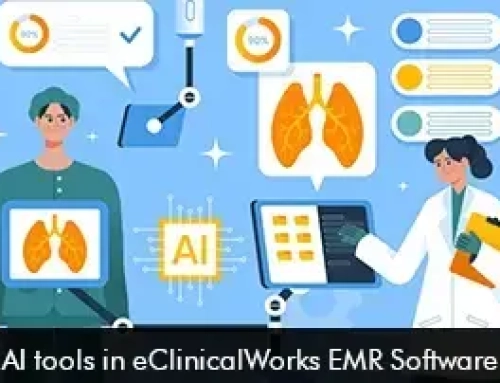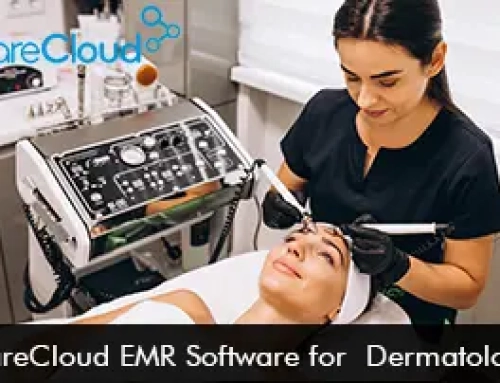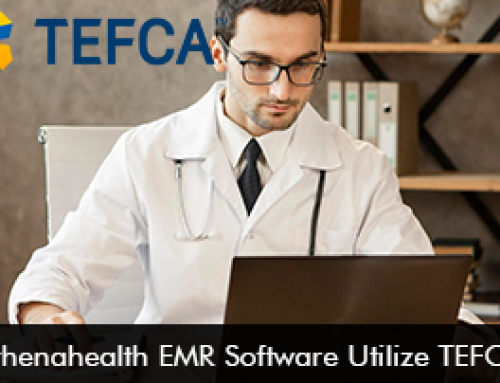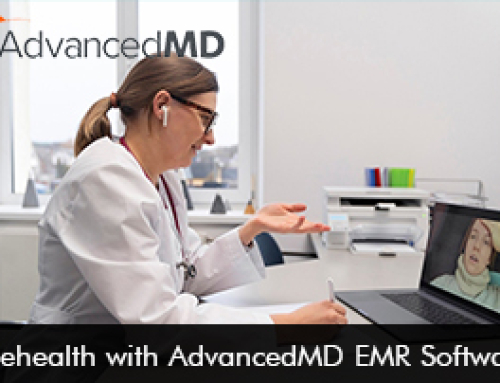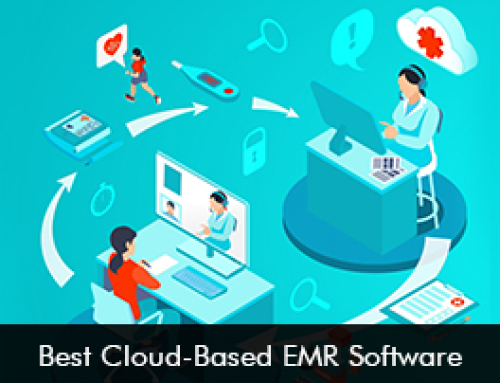EHR and EMR are two terms that are being used interchangeably in the Health IT industry, yet these two terms are not the same. An Electronic Medical Record (EMR) is the digital version of a medical chart, displaying health information of a patient, which could be stored in a computer. An Electronic Health Record (EHR) is the digital record of a patient’s complete medical information including health and medication history and background on the family. EHRs are interoperable which means they allow the transfer of patient health information to other Health IT systems. They are also more secure and have to be HIPAA complaint.
The table below differentiates an EHR from an EMR
| EHR (ELECTRONIC HEALTH RECORD) | EMR (ELECTRONIC MEDICAL RECORDS) |
| – A digital record of patient’s complete health information | – A digital version of a medical chart |
| – Supports secure sharing of updated, real-time patient’s medical information | – Information not designed to be shared outside a medical practice |
| – Patient’s medical information can move with them to other providers and physicians | – Patient medical record can’t easily be transferred outside the medical practice |
| – Offers tools that can be used by providers for decision making | – Majorly used by clinicians for treatment and diagnosis |
If the table above confuses you somehow, please note that an Electronic Medical Record offers all the information that one would find in a paper chart. This includes immunization dates, diagnoses, medical history, medications, and allergies. EMRs don’t allow the health information of patients to travel outside the medical practice, easily.
EHR features the digital records of patient’s health information. Apart from offering all information found on a paper medical chart, EHR further offers data on diagnoses, vital signs, past medical history, medications, allergies, progress notes, lab data, immunization dates, and imaging reports. Some EHRs further offer other information, such as demographic data, insurance and billing information, and even connectivity with other medical technologies and wellness devices.
The true benefit of a Health IT system lies not only in the medical data that it contains but in its ability to securely share it. It has been observed that quick and secure transfer of medical records can be vital in saving lives, particularly in emergency conditions. The integration of an EHR with pharmacies, labs, emergency facilities, imaging facilities, and workplace clinics further ease the workflow of medical practice and facilitate the patients as well.
Having all the information offered above, we believe that you now know the difference between an EMR and EHR and will be able to decide the best Health IT solution for your medical practice. If you are still unsure about what you need, the customer care staff at EMRFinder will be more than happy to help you out. Just click here, fill in your details and we will get back to you in no time.
Practice Management (PM) Software are also discussed when it comes to this discussion. These systems are similar to EHRs and EMRs but focus more on the internal operations of the clinic such as Revenue Cycle Management etc.



